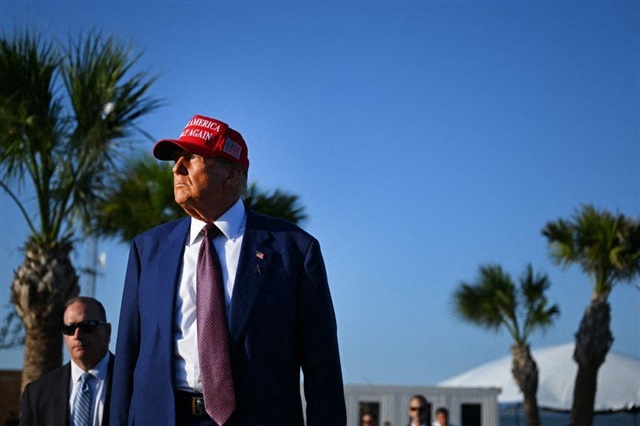Revving Up American Industry: Trump's Bold Plan to Supercharge US Auto Manufacturing

In a bold pledge to reinvigorate American manufacturing, President Trump has set his sights on revitalizing the auto industry by championing a "Made in America" strategy. However, industry experts caution that the path to establishing domestic auto manufacturing is fraught with complex challenges.
The ambitious vision of bringing automotive production back to U.S. soil faces significant hurdles. While the administration's commitment to prioritizing American workers and manufacturing is clear, automotive industry leaders point to substantial economic and logistical obstacles that make widespread domestic production difficult.
Key challenges include higher labor costs, intricate global supply chains, and the substantial investments required to retool and establish new manufacturing facilities. Despite these barriers, the administration remains optimistic about creating more manufacturing jobs and reducing dependence on international production.
Automotive executives are carefully weighing the potential benefits of domestic manufacturing against the economic realities of global competition. The push for American-first manufacturing represents a delicate balance between political rhetoric and the practical demands of a highly competitive global industry.

